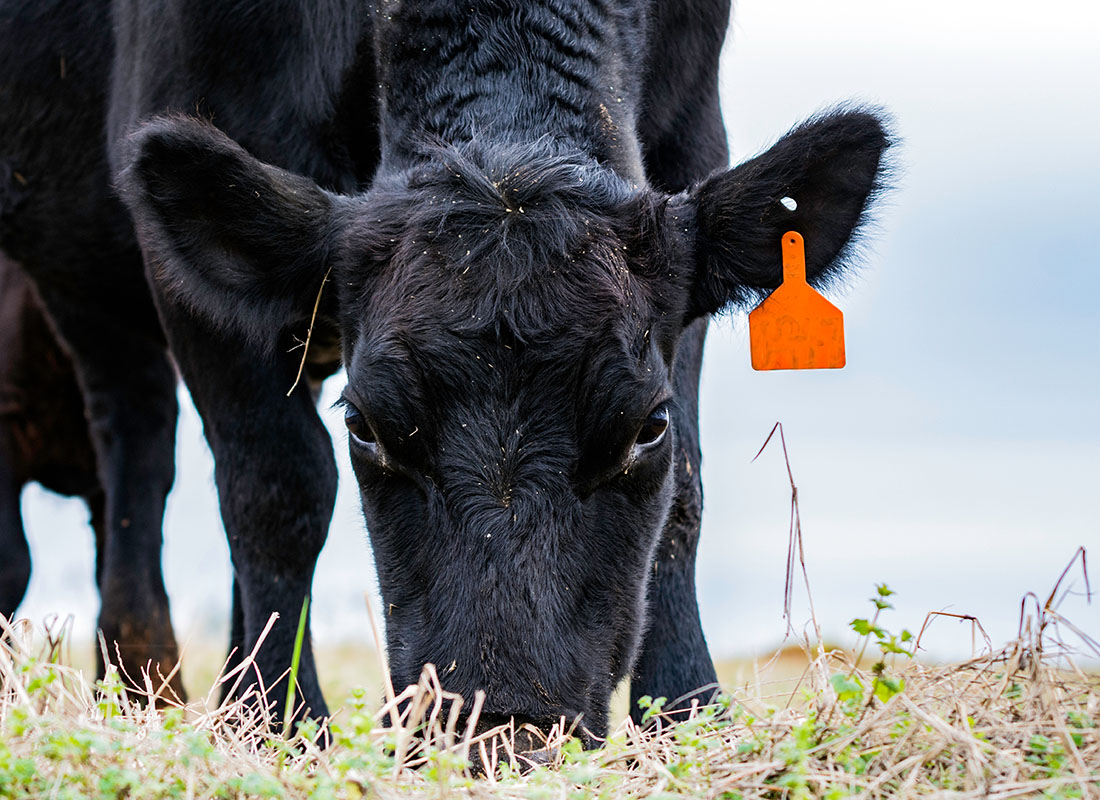Equip Your Service: Bagley Risk Management Insights
Equip Your Service: Bagley Risk Management Insights
Blog Article
Recognizing Animals Danger Security (LRP) Insurance Policy: A Comprehensive Overview
Browsing the realm of livestock risk security (LRP) insurance can be a complicated venture for lots of in the agricultural field. From exactly how LRP insurance coverage operates to the numerous coverage choices offered, there is much to reveal in this comprehensive guide that might possibly shape the way livestock producers approach risk management in their companies.

How LRP Insurance Policy Functions
Sometimes, recognizing the technicians of Animals Threat Protection (LRP) insurance can be complex, however breaking down exactly how it works can offer clearness for farmers and breeders. LRP insurance coverage is a danger administration device created to shield animals manufacturers versus unforeseen cost decreases. It's vital to keep in mind that LRP insurance policy is not an earnings warranty; rather, it concentrates exclusively on cost danger protection.
Eligibility and Insurance Coverage Options

When it comes to protection choices, LRP insurance coverage uses producers the versatility to choose the coverage level, insurance coverage duration, and endorsements that finest suit their risk monitoring demands. By recognizing the qualification requirements and protection choices readily available, animals manufacturers can make enlightened decisions to take care of risk properly.
Advantages And Disadvantages of LRP Insurance Coverage
When examining Livestock Risk Defense (LRP) insurance policy, it is necessary for livestock producers to consider the advantages and disadvantages fundamental in this risk monitoring tool.

One of the main benefits of LRP insurance is its capability to provide security versus a decrease in livestock rates. This can aid safeguard producers from monetary losses arising from market fluctuations. Furthermore, LRP insurance policy offers a level of adaptability, permitting producers to personalize insurance coverage degrees and plan periods to match their specific demands. By securing in an ensured cost for their animals, producers can better handle danger and prepare for the future.
However, there are additionally some downsides to take into consideration. One constraint of LRP insurance is that it does not shield versus all sorts of threats, such as disease outbreaks or natural disasters. In addition, costs can often be expensive, particularly for producers with large animals herds. It is critical for manufacturers to thoroughly assess their private risk exposure and economic scenario to figure out if LRP insurance coverage is the right threat administration tool for their procedure.
Recognizing LRP Insurance Coverage Premiums

Tips for Making Best Use Of LRP Conveniences
Making best use of the benefits of Animals Threat Protection (LRP) insurance coverage requires tactical planning and positive threat management - Bagley Risk Management. To make the most of your LRP protection, take into consideration the adhering to suggestions:
Consistently Assess Market Conditions: Remain notified concerning market fads and rate variations in the livestock industry. By keeping track of these elements, you can make educated decisions regarding when to buy LRP protection to secure versus prospective losses.
Establish Realistic Protection Levels: When selecting coverage levels, consider your manufacturing prices, market worth of animals, and possible threats - Bagley Risk Management. Establishing sensible protection levels guarantees that you are effectively shielded without overpaying for unneeded insurance policy
Expand Your Coverage: Rather than counting only on LRP insurance policy, take into consideration expanding your risk management strategies. Combining LRP with various other danger administration tools such as futures agreements or choices can offer comprehensive coverage versus market unpredictabilities.
Evaluation and Adjust Insurance Coverage On a regular basis: As market conditions change, occasionally evaluate your LRP coverage to guarantee it aligns with your existing risk direct exposure. Changing coverage degrees and timing of acquisitions can assist optimize your danger protection method. By complying with these pointers, you can make best use of the benefits of LRP insurance and secure your livestock operation versus unexpected threats.
Conclusion
Finally, animals danger security (LRP) insurance coverage is an important device for farmers to handle the economic risks related to their livestock operations. By recognizing how LRP functions, qualification and coverage choices, along with the benefits and drawbacks of this insurance coverage, farmers can make enlightened decisions to secure their livelihoods. By thoroughly taking into over at this website consideration LRP premiums and implementing methods to make the most of advantages, farmers can minimize potential losses and ensure the sustainability of their operations.
Animals manufacturers interested in getting Animals Threat Defense (LRP) insurance can explore a variety of eligibility requirements and insurance coverage alternatives customized to their details animals procedures.When it comes to coverage options, LRP insurance offers manufacturers the flexibility to select the protection level, protection period, and endorsements that finest fit their danger administration requirements.To comprehend the ins and outs of Animals Danger Defense (LRP) insurance policy totally, recognizing the variables affecting LRP insurance policy costs is vital. LRP insurance policy costs are identified by different elements, consisting of the insurance coverage degree selected, have a peek at this website the expected rate of livestock at the end of the coverage duration, the kind of livestock being insured, and the length of the coverage duration.Evaluation and Adjust Insurance Coverage Regularly: As market problems alter, periodically assess your LRP protection to ensure it straightens with your present risk direct exposure.
Report this page